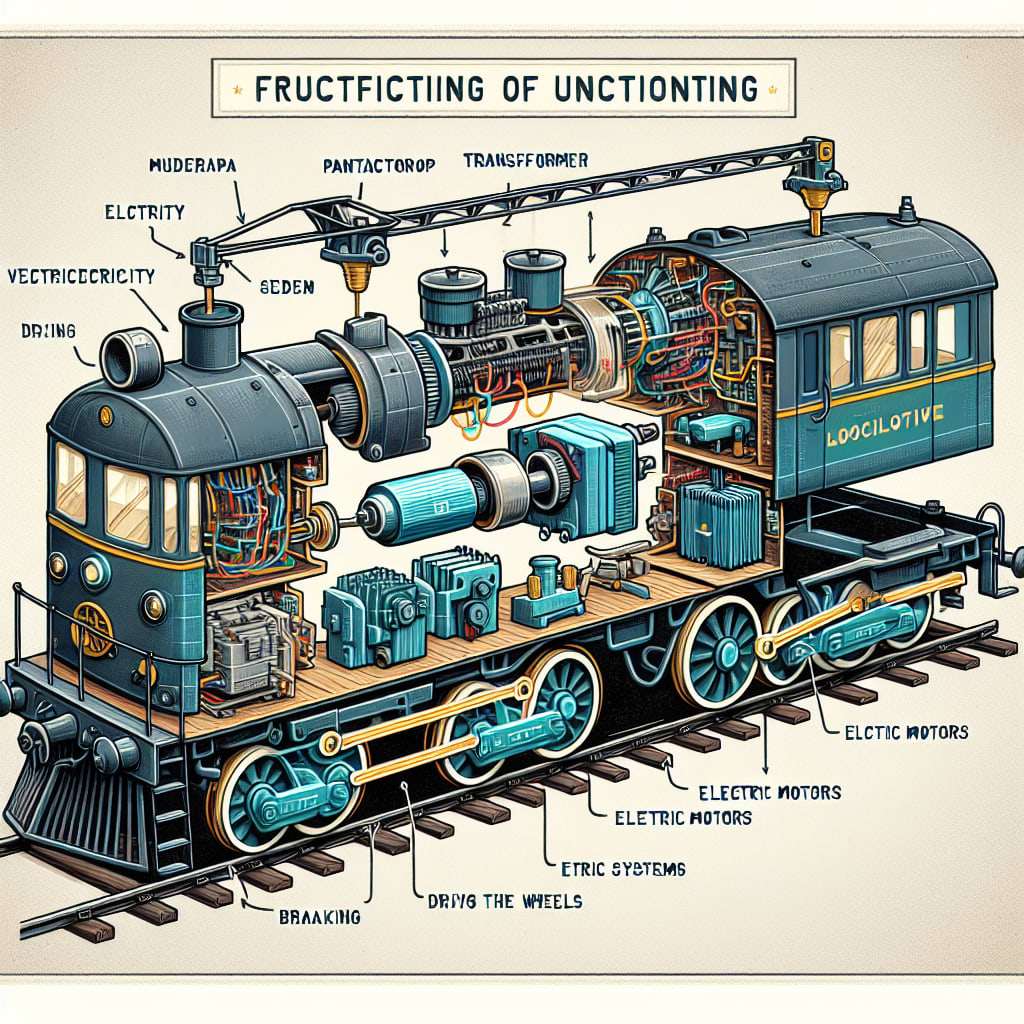mddsnjc
Civil/Environmental
- Sep 25, 2012
- 5
Hi all, I am looking for some advice on the direct deep burial of gate valves.
I have been asked to explore the option of placing a gate valve on an FST drain-down pipeline to allow controlled drainage of the tank during maintenance.
The only difficult bit being it is to be buried approx 8m below finished ground level. I have never dealt with buried gate valves and was looking for any advice or tips on a starting point. The pipeline will be MDPE with stub flange assemblies for jointing to the valve. An extension spindle to ground level will be used to operate the valve.
I am having trouble picturing the arrangement required when such deep burial is proposed if infact it is even possible?
Any info would be greatly appreciated, thanks for your time
Nick
I have been asked to explore the option of placing a gate valve on an FST drain-down pipeline to allow controlled drainage of the tank during maintenance.
The only difficult bit being it is to be buried approx 8m below finished ground level. I have never dealt with buried gate valves and was looking for any advice or tips on a starting point. The pipeline will be MDPE with stub flange assemblies for jointing to the valve. An extension spindle to ground level will be used to operate the valve.
I am having trouble picturing the arrangement required when such deep burial is proposed if infact it is even possible?
Any info would be greatly appreciated, thanks for your time
Nick





![[dazed] [dazed] [dazed]](/data/assets/smilies/dazed.gif)